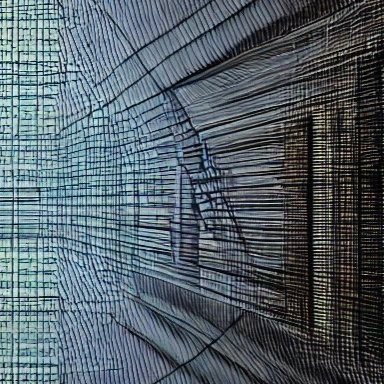
Saved by Jamie Banks
Learning How to Un-See — Cliff Guren

Saved by Jamie Banks

the message is always the same: What you see depends on how you approach the image. It’s about your preconceptions. If you come to the image looking for a vase, you’ll probably see the vase. If you’re thinking about faces—maybe you just spent your afternoon working on a family photo album—you’ll probably see the faces. Our mental frames change the
... See moreLearning to be on the lookout for beautiful things is a way of contesting the relentlessly rationalistic view of the world that surrounds us. Just as we produce thoughts by talking things over, we produce memories by composing them and reflecting. By taking lots of photos you may come to find more things you cherish.
nibras and added
the conscious use of each sense can go beyond illuminating the present part of scene and show instead that part of a situation that is often forgotten: that which isn’t there, which is not present in the environment where by every rightful metric it should be. And absence can be just as important and just as telling as presence.
Kaustubh Sule added
.psychology
Giving our full attention to our sensory experience, and really feeling what we feel, or seeing what we see, can help prevent our attention from being automatically led toward what our brain’s left-hemisphere suggests that we already know about what it thinks we are experiencing. As the two hemispheres of the brain cannot function concurrently, pay
... See moreRobin Harford added
To Become an Artist, Learn to See Ed wanted to be an animator in high school and did well in art. Near his freshman year of college, however, he didn’t see a path to the level required to be a Disney animator, so he switched to physics. Many people think this is incongruous and unrelated. He disagrees: “Most people to this day think of them as so r
... See moreIt occurred to me that the mind’s eye was the realm that Gossiaux was working in as well. But her work also raised a paradox: one of the wonders of art is this ability to represent visually things seen without eyes—but you still need working eyes to see it.